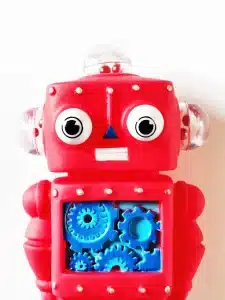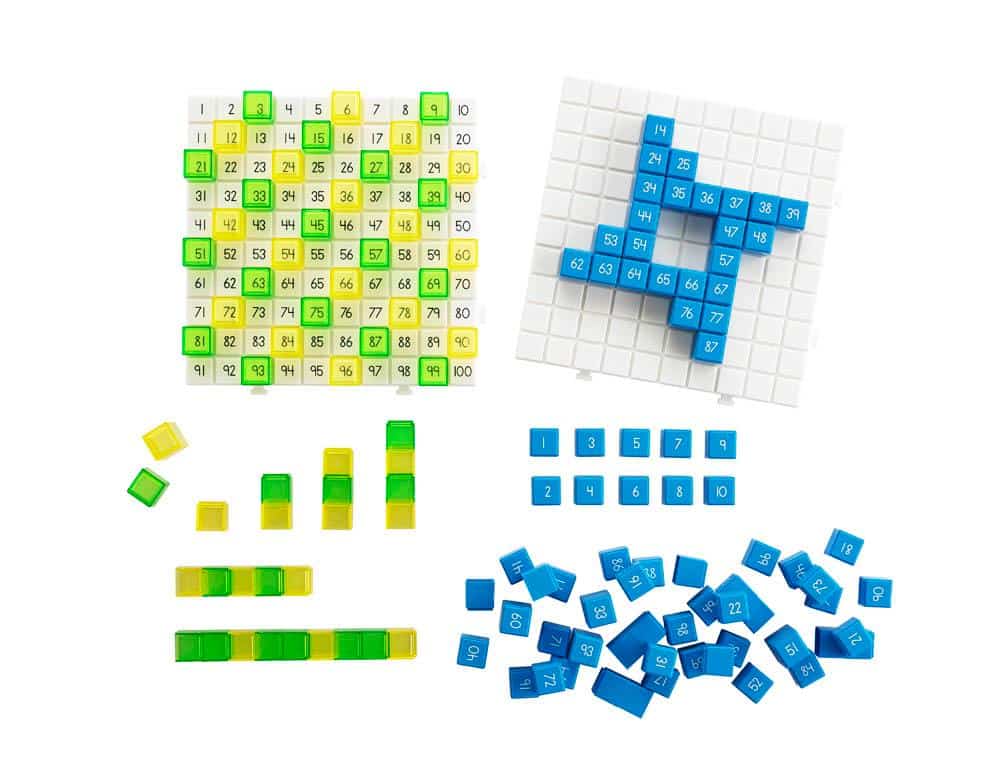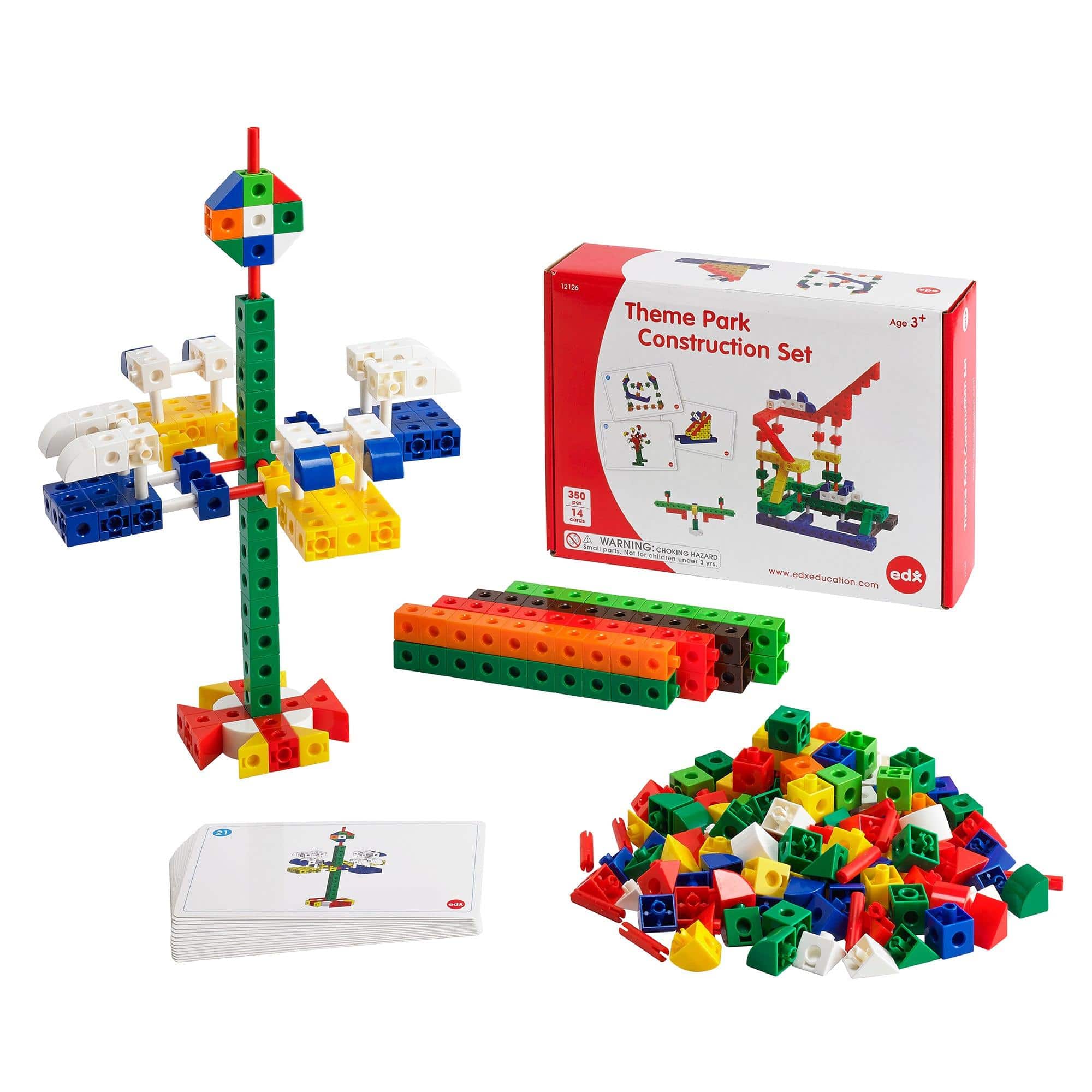How Toy Robots Can Help Teach Coding and Programming
Coding and programming have become essential skills in today’s digital age. As technology continues to advance, the demand for individuals proficient in coding and programming is on the rise. To meet this demand, educators and parents are exploring various tools and methods to make learning to code more engaging and enjoyable for children.
The Power of Toy Robots in Learning
Toy robots have emerged as an excellent educational tool for teaching coding and programming to young children. These interactive and programmable toys allow kids to experiment, problem-solve, and learn fundamental coding concepts in a hands-on and entertaining way. Let’s explore how toy robots can help teach coding and programming effectively.
Features of Toy Robots for Coding Education
-
Sequencing and Algorithmic Thinking
Toy robots often come with features that help children understand the concept of sequencing and algorithmic thinking. By arranging commands in a specific order, kids can program the robot to perform a series of actions. This process enhances their logical reasoning and problem-solving skills.
-
Sensor Integration
Many toy robots are equipped with sensors that enable them to detect their surroundings. Children can learn how to utilize these sensors to make their robots respond to environmental factors. For instance, they can program the robot to avoid obstacles or follow a specific color pattern, introducing them to the concept of conditional statements.
-
Creative Expression
Toy robots provide children with a platform to express their creativity and imagination. By programming the robot’s movements, actions, sounds, and even personalities, kids can bring their ideas to life. This creative aspect of coding encourages children to think outside the box and develop their unique problem-solving approaches.
-
Collaborative Learning
Many toy robots support multiplayer mode, enabling children to collaborate and work as a team. They can write code together, share ideas, and solve coding challenges collectively. Such collaborative learning experiences foster communication, teamwork, and critical thinking skills.
-
Real-World Application
Toy robots often mimic real-life scenarios, allowing children to see the practical applications of coding and programming. For example, they can program a robot to simulate a factory assembly line or perform simulated rescue missions. This connection between coding and real-world scenarios enhances the motivation and engagement of young learners.
Conclusion
In the quest to make coding and programming more accessible to young children, toy robots have proven to be an effective tool. These interactive toys provide children with a hands-on experience that enhances their logical reasoning, problem-solving, and creativity. By incorporating features such as sequencing, sensor integration, and collaborative learning, toy robots make coding an engaging and enjoyable journey. So, why not introduce your child to the exciting world of coding with the help of a toy robot?



